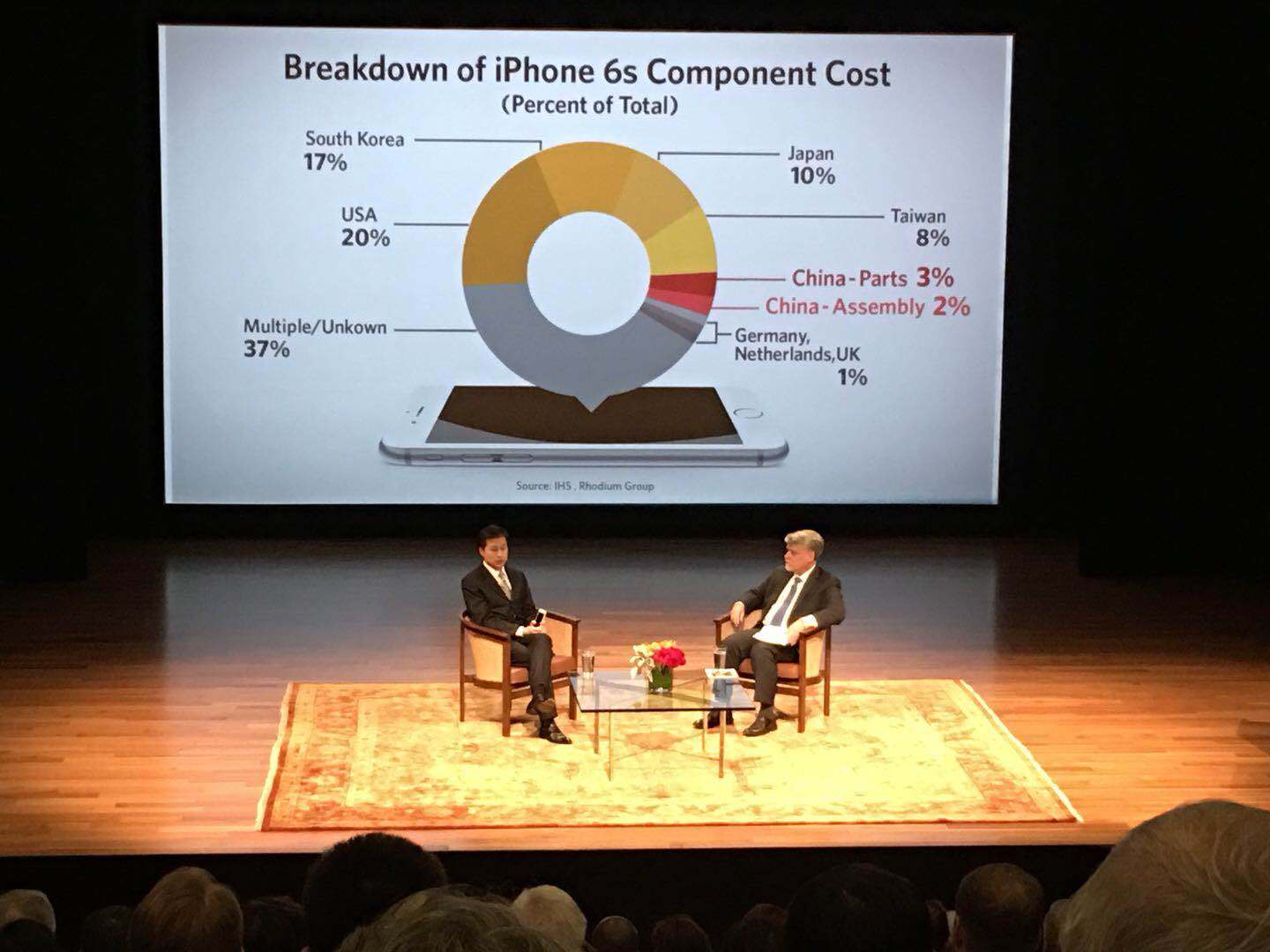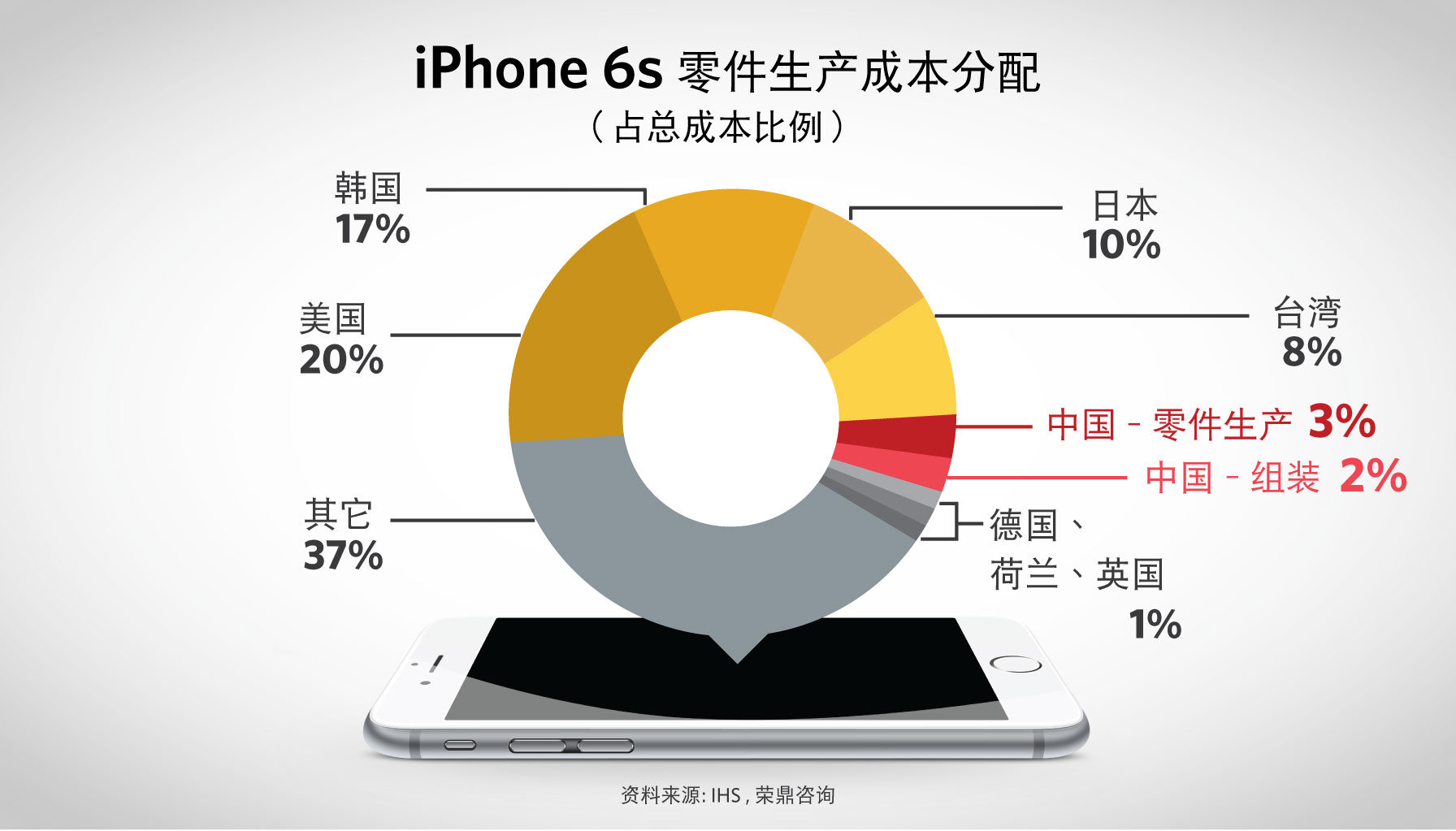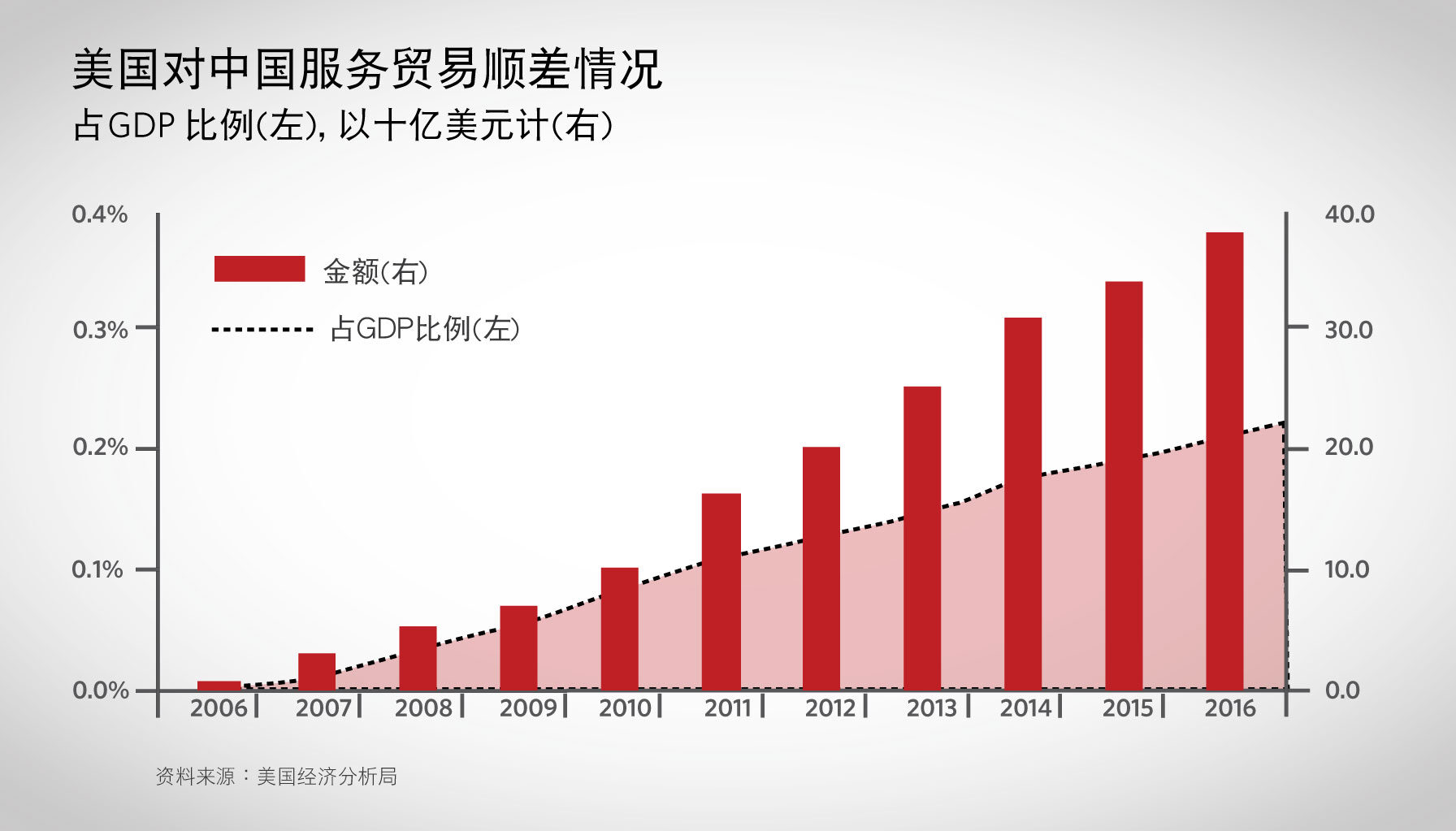
China General Chamber of Commerce - U.S.A - Houston(CGCC-Houston) participated in China-U.S. Business Symposium in Asian Society Texas Center with several member organizations. CGCC member East West Bank CEO Dominic Ng was interviewed by Chris Tomlinson, best-selling author and business columnist at the Houston Chronicle, on topics like tariffs between the U.S. and China, the influence of Chinese technological innovation on the U.S., as well as how China and the U.S can achieve win-win cooperation.

Around 30 local members of CGCC-Houston participated in this event. During the meeting, Dominic Ng mentioned that Houston is the second largest international commercial port in the U.S. and has been dubbed the “Energy Capital of the World”. With air pollution in China escalating in recent years, businesses in Houston and China have had broad discussions about the export of liquefied natural gas (LNG). Moreover, Houston Medical Center houses the world’s largest and most important research and treatment facilities and has the world’s best medical research center. It thus plays a crucial role in the field of global health. China is currently facing the dilemma of high medical costs. Medical centers in Texas could take advantage of this opportunity to research and develop with Chinese businesses and expand their overseas markets.
With regards to the ongoing debate over tariffs between China and the U.S., Dominic Ng expressed the rather limited impact of the recently increased duty on the import of steels and aluminum from China.
He noted that steels imported from China comprise only 3% of the U.S. total., and that according to data from the Department of Commerce of the U.S., during the first ten months last year, the six largest countries by steel exports to the U.S. were Canada, Brazil, Korea, Mexico, Turkey, and Japan. On the other hand, the increase in duty on products like soy levied by China could inflict a real burden on American consumers. Currently, China is the U.S.’s largest market for soy export. In fact, approximately 62% of soy produced by the U.S. ends up in China. After China adopts a counter-tariff, the total export and production of soy in the U.S. would drop dramatically.
Furthermore, considering the China-U.S. trade deficit that has been criticized by the Trump administration, Dominic Ng mentioned that the traditional method used in calculating trade statistics fails to accurately reflect the globalization of production chains, and indirectly distorts the current economic conditions. He used the iPhone as an example. Apple carries out design, R&D, marketing and software development in the U.S., and the expensive components come from different regions, but in the American trade statistics, all of the costs of import are calculated as part of China’s total.

Moreover, he reminded the audience that the current ongoing public debate on the trade deficit only focuses on commodity trading, while ignoring the service industry. The U.S. trade surplus in the service industry (in sectors such as travel, education, finance, and other specialized services) is apparent and rapidly increasing.

Finally, Dominic Ng noted that the U.S. government should have reasonable concerns about innovative Chinese business practices that could be potentially harmful to the U.S. economy and national security, while not blindly banning Chinese technology. Chinese technological innovation has been aimed at improving its populations’ quality of life, with a pace that has been rapidly developing in recent years. Innovations in mobile payment, transportation technology, medicine, and biotechnology are examples of China’s attempts to catch up with the U.S in this regard. The U.S. should try to look for the opportunity to cooperate with Chinese businesses in these fields to achieve a win-win situation.